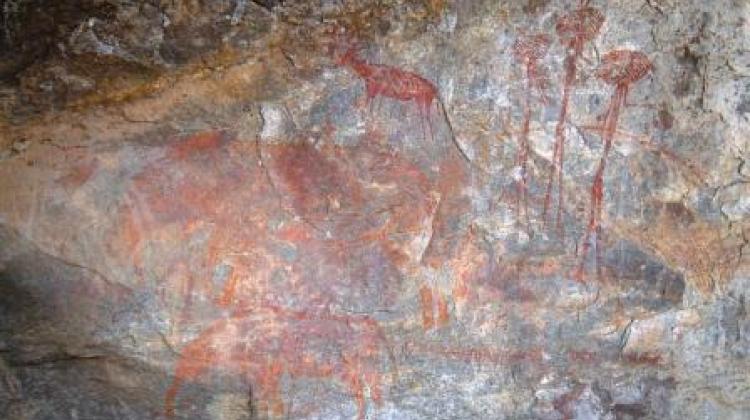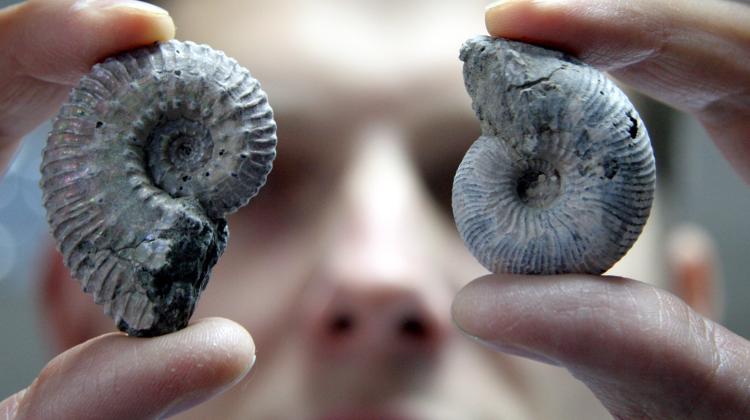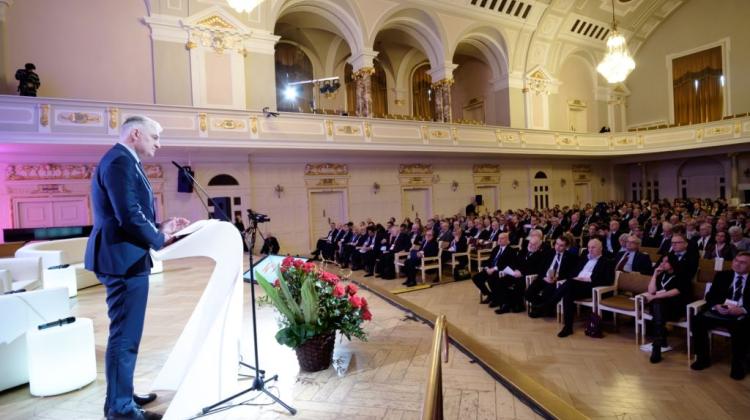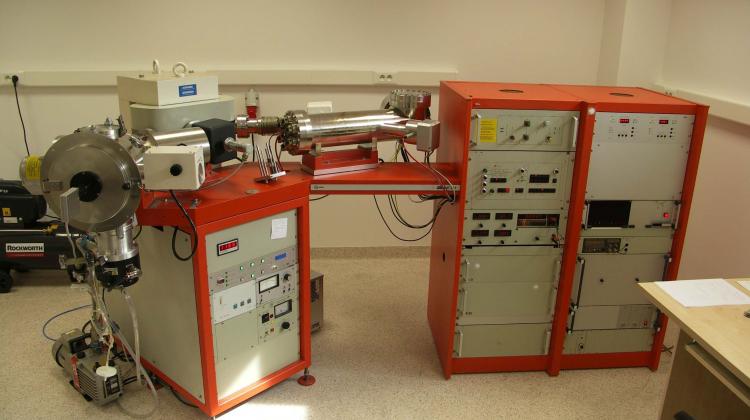The first Polish archaeological project in Tanzania

Cave paintings done for millennia in the Kondoa District near the Great Rift Valley in Tanzania will be examined by the Ministry of Science and Higher Education grantee Maciej Grzelczyck from Adam Mickiewicz University in Poznań.
Kondoa Irangi Rock Paintings in Kondoa District in central Tanzania are one of the most recognizable rock art complexes in Africa. Thousands of paintings under overhanging rock depict a variety of themes, showing both scenes from the life of hunters and gatherers, as well as later settlers. One of the first scientists to study them was archaeologist and paleontologist Louis Leakey, who was searching for the oldest ancestors of humans in the Olduvai gorge nearby. In 2006, the site became a UNESCO World Heritage Site, but the paintings are still poorly understood by scientists. Polish researcher wants to expand the existing database of images visible on the rocks. To this end, he will work with Rock Art Conservation Centre in Arusha.
"My project combines archaeology and ethnology. It turns out that in many places rock art still has an important religious role for local communities Sandawe and Hadza" - Maciej Grzelczyck told PAP.
According to the researcher, only by using the methodology of both disciplines it will be possible to understand the rock art. Grzelczyck draws attention to the fact that about many paintings of Kondoa District little more is known than that they exist and had been painted for thousands of years. Some of the paintings were used in hunting magic and fertility and rain rituals. At this moment, it is even unclear how many paintings there are.
"The research potential of this complex of sites is enormous. In addition to expanding the existing database, I intend to examine followed semantics and stylistics used by the ancient artists, symbolism of dyes and the meaning of places where the images were painted" - said the scientist.
Currently archaeologist is preparing for the field expedition. He will carry out the first research work in December. The project is implemented under the Ministry of Science "Diamond Grant" programme and will end in 2018. His conclusion will be the defence of doctoral thesis. The academic supervisor of the project is Dr. Andrzej Rozwadowski of the Eastern Institute of Adam Mickiewicz University in Poznań.
More than 100 years ago, Tanzanian rock art caught the attention of another Polish scientist who participated expedition of Prince Adolf Frederick of Mecklenburg. In 1907, ethnologist Jan Czekanowski, considered the founder of the Polish school of anthropology, was the first to document prehistoric paintings in and around Bukoba on Lake Victoria.
"Although Poland is not known for paintings and petroglyphs, we have a chance to create a strong group of professionals studying rock art around the world. The fact that this idea can be brought to life, is clear when you look at the list of the winners of this year\'s edition of >>Diamond Grant<<, which includes two topics relating to rock art" - concluded Grzelczyck.
PAP - Science and Scholarship in Poland
szz/ agt/
tr. RL
Przed dodaniem komentarza prosimy o zapoznanie z Regulaminem forum serwisu Nauka w Polsce.


















